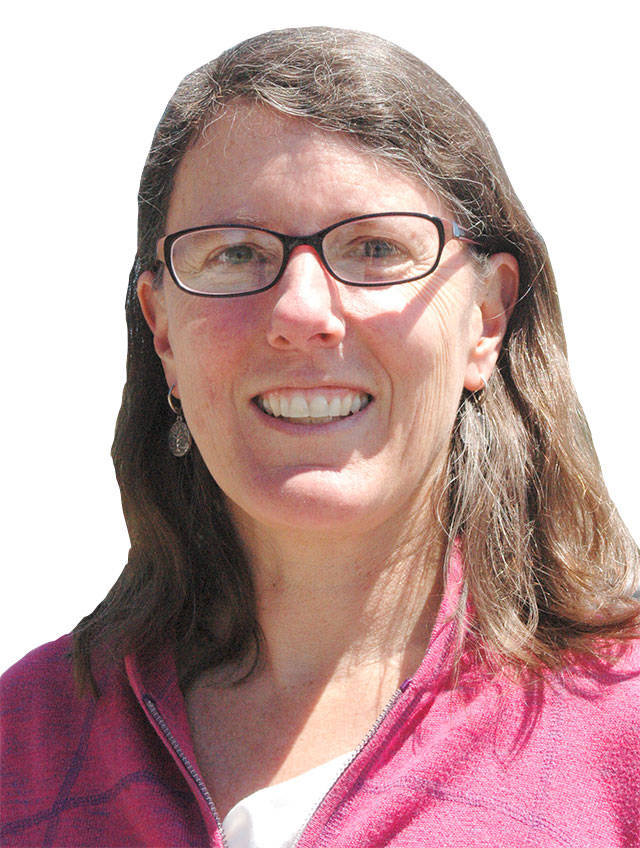Snow! Nature’s gift, blanketing our world with beauty.
Blankets: connote warmth, security, wrapped up with love.
Snow! Cold and ice. Slush and slog. Treacherous. Anxiety-producing.
A real wet blanket.
Sequim has a love-hate relationship with snow. When you love it, the proverbial glass looks half-full, and you must be a romantic and part-water supply manager.
Or perhaps you’re on the road crew making double-time. (Thank you for every minute!)
If the glass is looking half-empty, you hate the white stuff, and are probably concerned about drainage, the safety of loved ones, or holiday travel.
But everyone knows a “White Christmas” is the best kind. It’s like living inside a snow globe, and Mother Earth is momentarily forgiven — as long as the forecast says it will end soon.
For the mountains, the ecosystem, and for farmers, there’s no such thing as too much cold, white stuff.
A security blanket … the best gift.
Geek commentary
On Saturday, I got a National Weather Service severe weather alert message for Port Angeles that closed with this: “Within a reasonable level of uncertainty it’s looking like we will probably have a white Christmas.”
Snow plows, shovels, sleds and boots on the ready!
Upon further research I learned the last time it happened in Seattle was in 2008—which seems far too long ago, but my memory is skewed because I live at 1500’ elevation.
I grew up living at 5,500 feet on the north shore of Lake Tahoe. Even in the “Sierra Nevada,” which means “snow-covered mountains,” a white Christmas is not guaranteed — though, skiing is these days, thanks to snow-making equipment.
From my office at about 300 feet and my home at 1,500 feet, I now depend on autonomous equipment from the National Resources Conservation Service installed high in the mountains of our watershed to tell me about the snow. There are four “SNOTEL” stations operating on slopes in the Olympics at elevations from about 4,000-5,000 feet, reporting hourly the snow depth and water content, and max and min air temperatures.
All data are available to the public online via the clickable map at https://www.nrcs.usda.gov/wps/portal/nrcs/detail/or/snow/products/?cid=nrcs142p2_046350. Stations in the Olympics include Dungeness, Buckinghorse, Mount Crag and Waterhole.
I’m going to visit my home town in the Sierras soon and will thoroughly enjoy being immersed in the raw weather at that high elevation where snow measurements, and memories, are made.
By the numbers
For the 2018 water year (started Oct. 1):
• Cumulative rainfall (elev. 25 feet)=8.9 inches
• At the Dungeness SNOTEL station (elev. 4,010 feey), snowpack = 17 inches; Snow Water Equivalent = 2.6 nches; Days/nights below freezing = 7.
Streamflow on Dec. 25:
• Dungeness River= 260 cubic feet per second (cfs), about half the long-term average flow level. (1 cfs is just under 650,000 gallons per day). Highest flow to date for the water year = 3770 cfs on Nov. 23.
• Bell Creek at Carrie Blake Park= dry again; at the mouth of the creek at Washington Harbor= est. 3 cfs
Ann Soule is a hydrogeologist immersed in the Dungeness watershed since 1990, now Resource Manager for City of Sequim. Reach Ann at columnists@sequimgazette.com or via her blog at watercolumnsite.wordpress.com.



